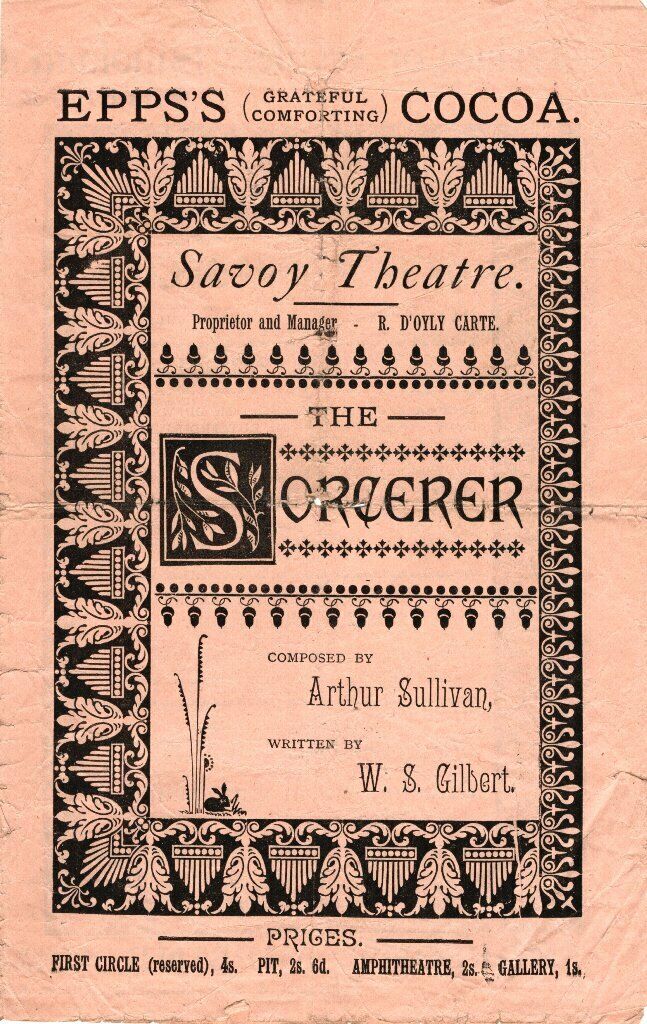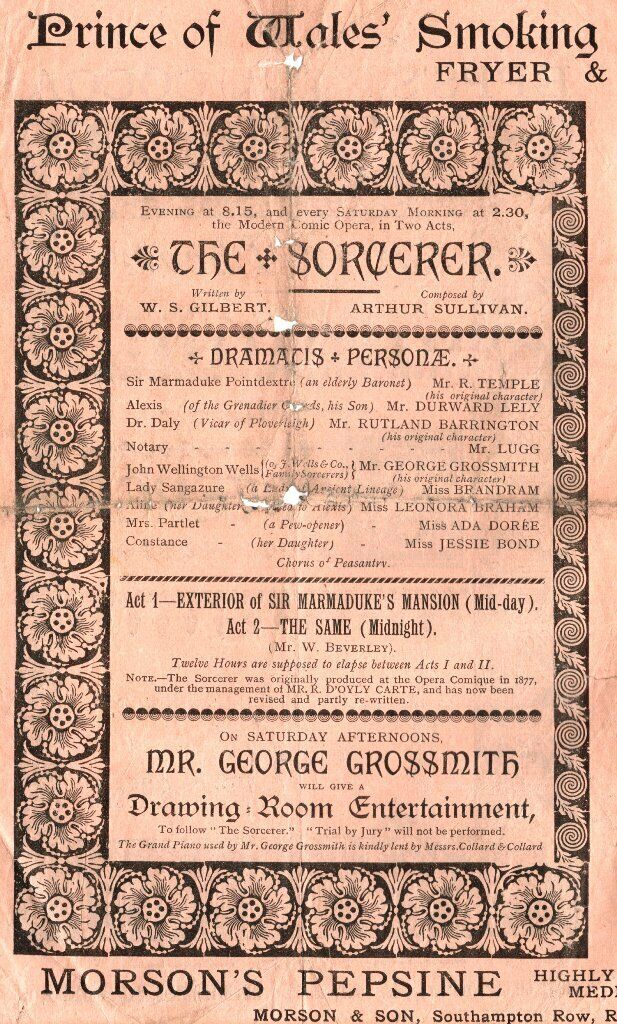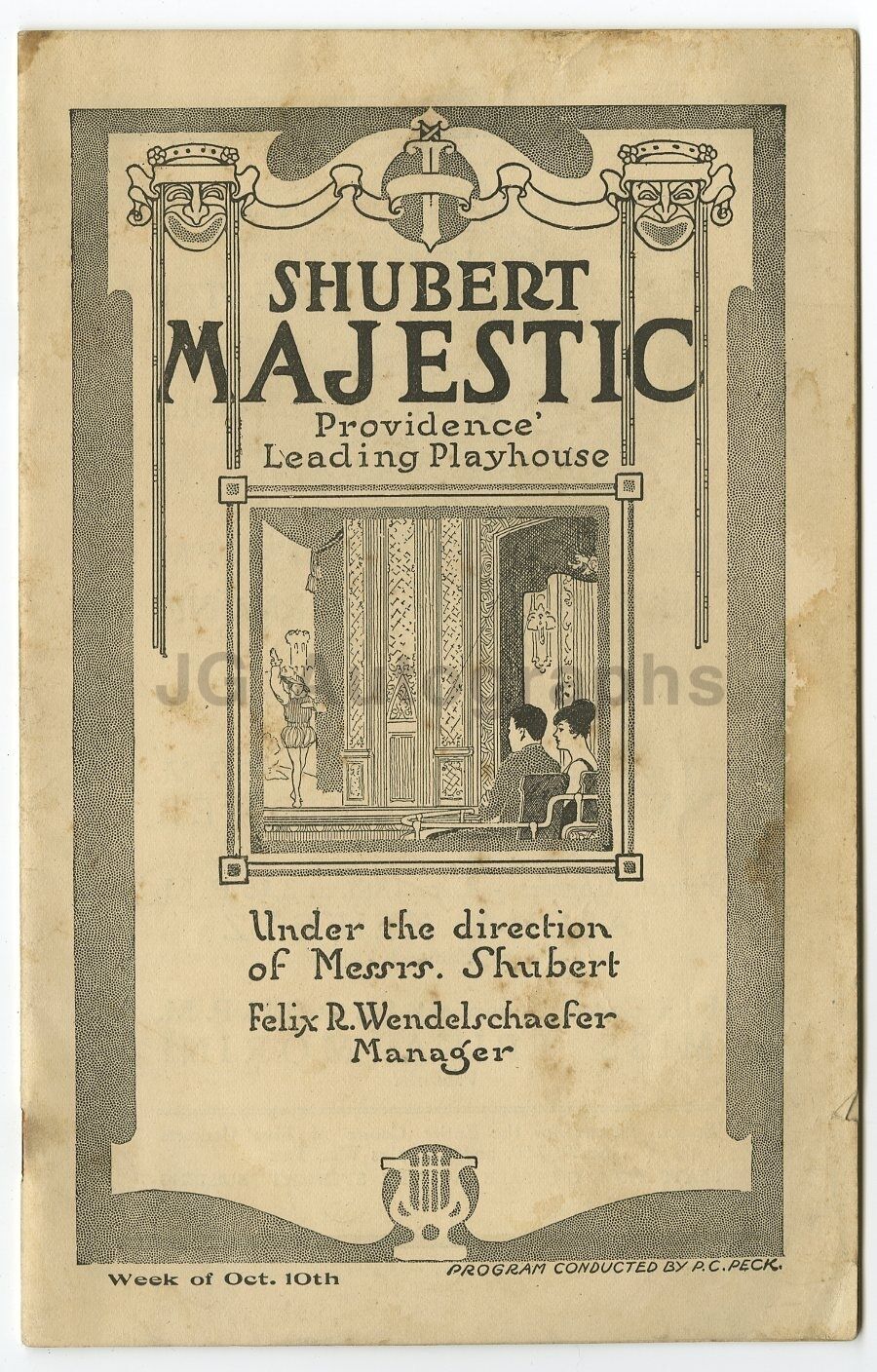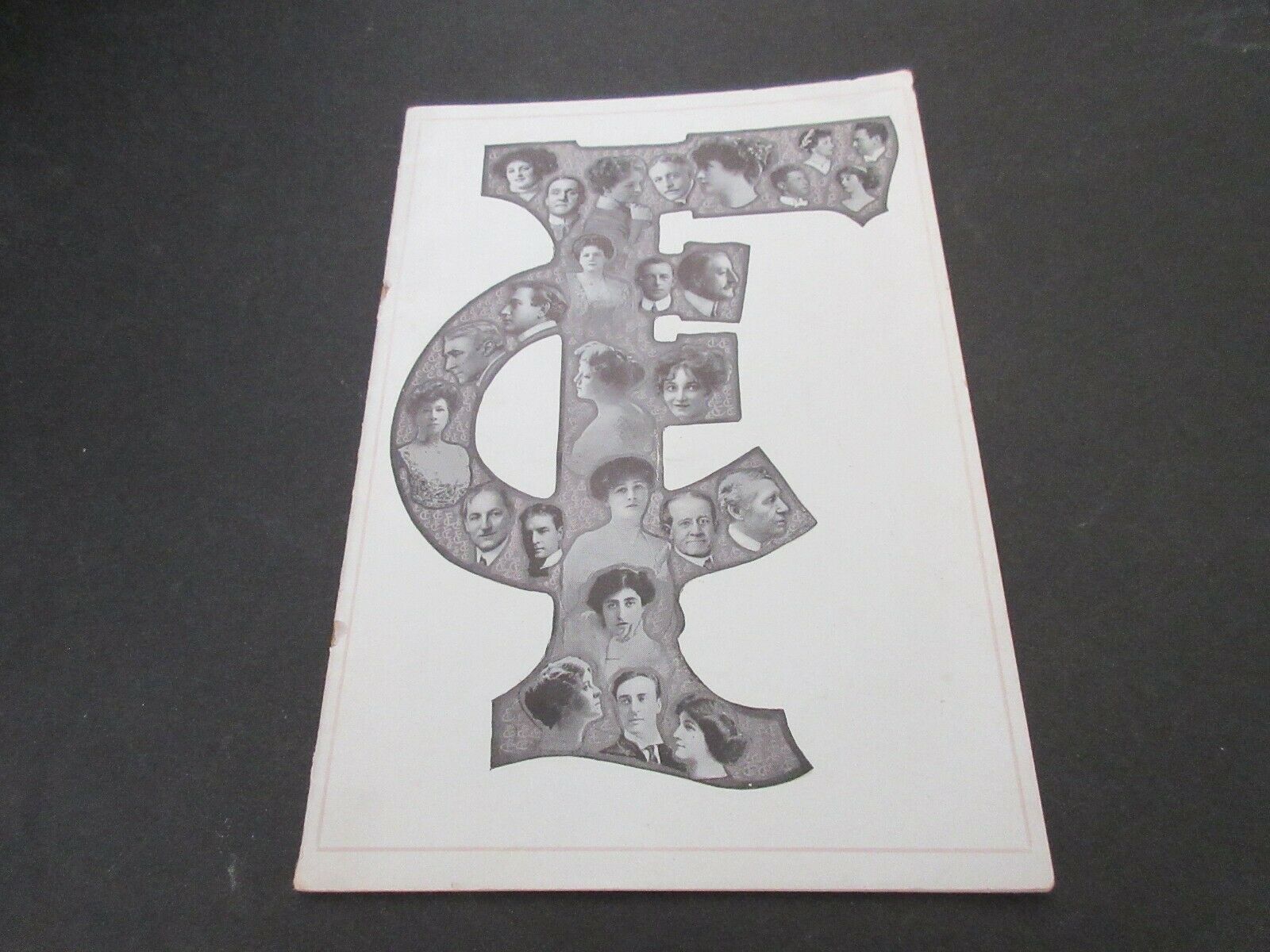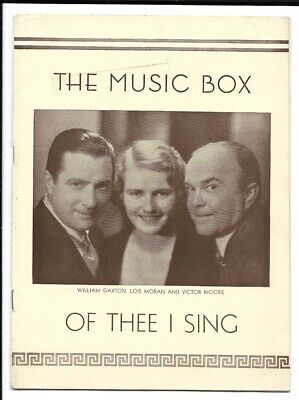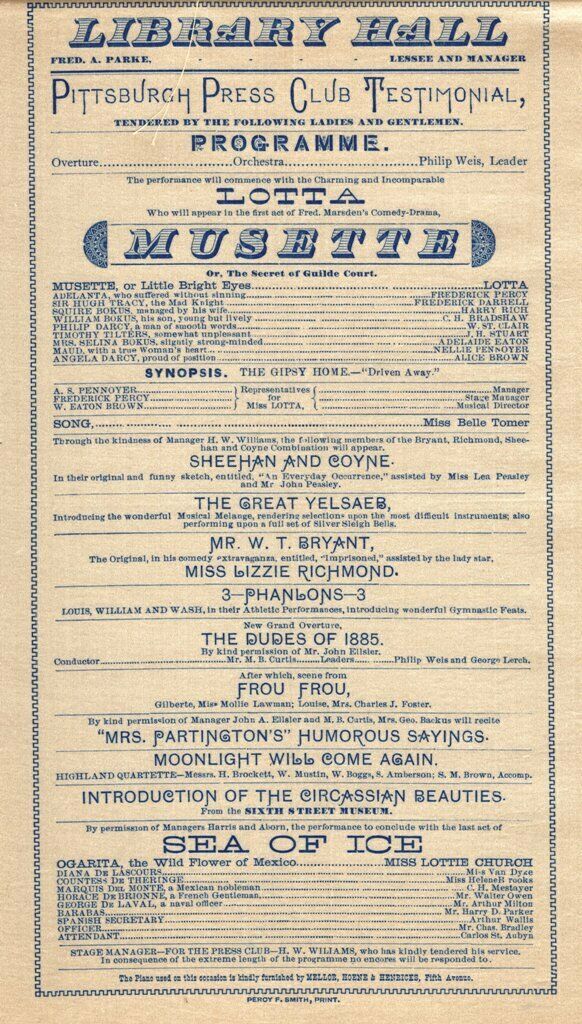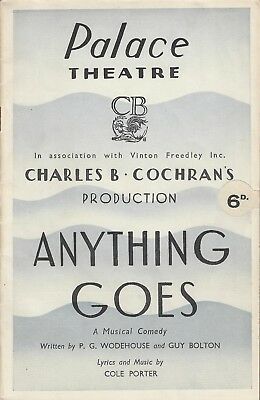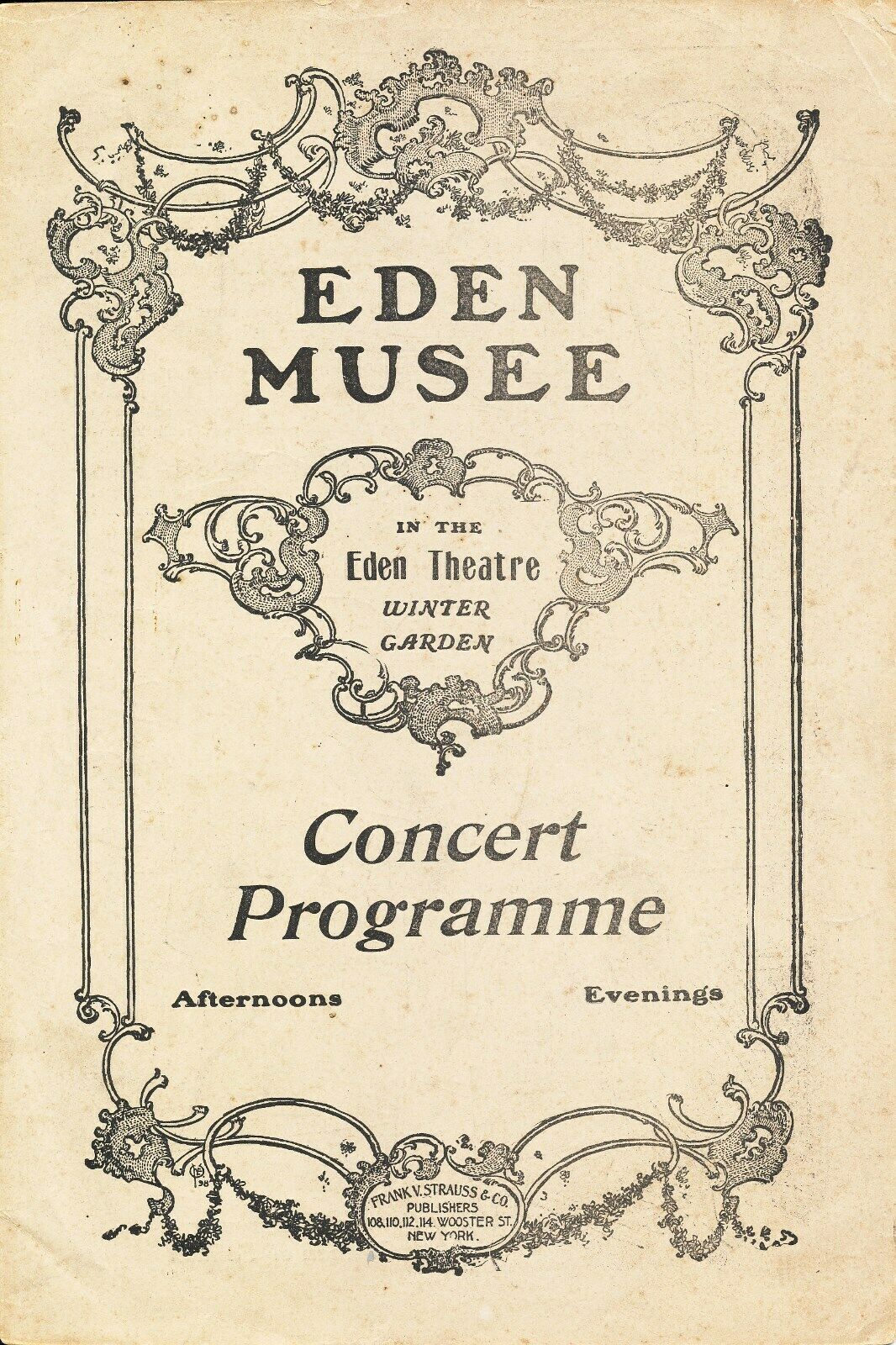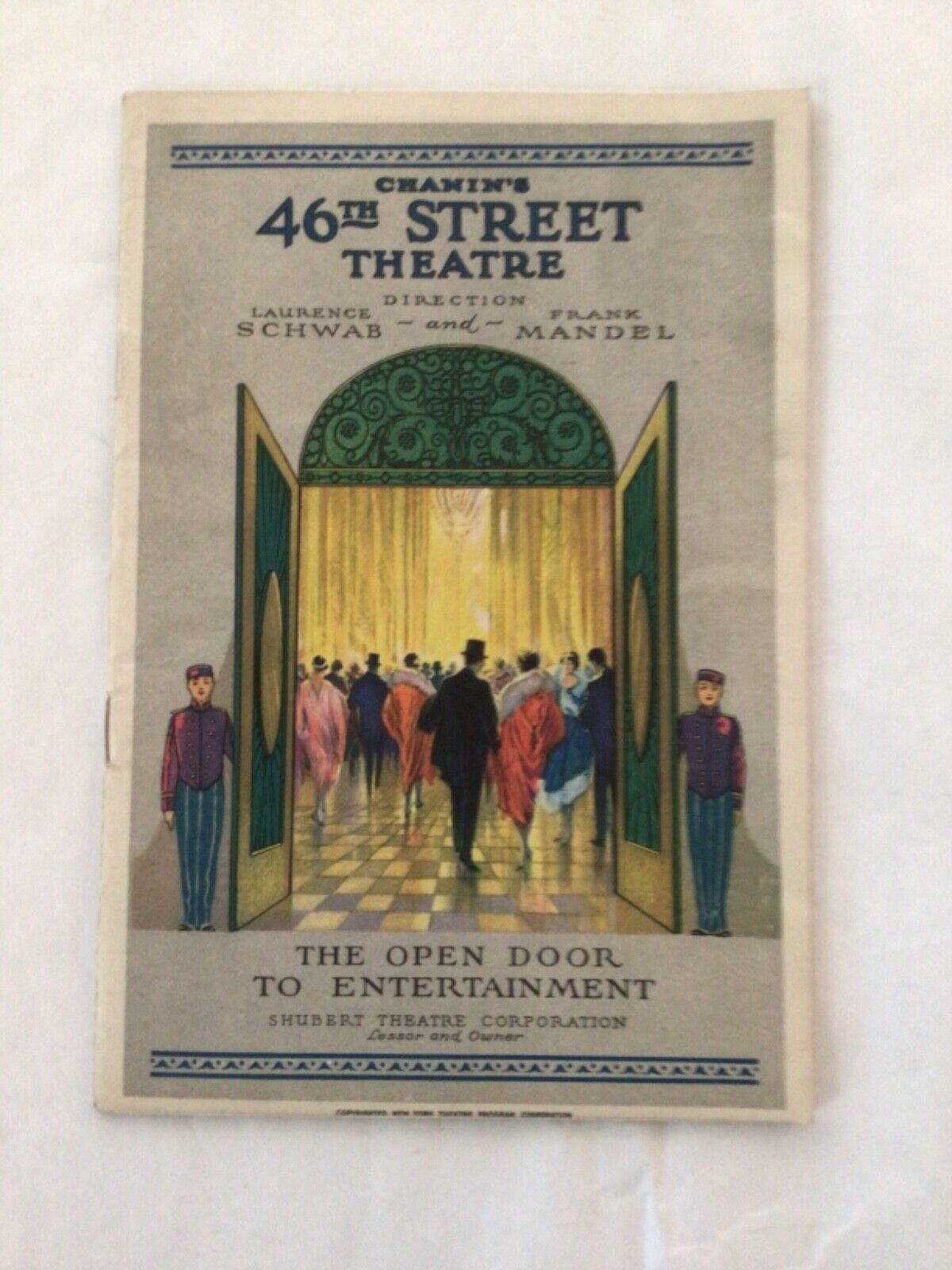-40%
*GILBERT & SULLIVAN: RARE 1885 SAVOY SORCERER & TRIAL BY JURY PROGRAM*
$ 39.59
- Description
- Size Guide
Description
A rare original 1884 Savoy Theatre D'Oyly Carte The Sorcerer and Trial By Jury program with George Grossmith, Rutland Barrington, Richard Temple, Jessie Bond, and the rest of the regulars. As seen in Topsy Turvy. Four pages. DImensions nine by five and a quarter inches. General wear with small tears and punctures. See the story of Gilbert and Sullivan below.Shipping discounts for multiple purchases. Inquiries always welcome. Please visit my other eBay items for more early theatre, opera, film and historical autographs, photographs and programs and great actor and actress cabinet photos and CDV's.
From Wikipedia:
Gilbert and Sullivan
refers to the
Victorian-era
theatrical partnership of the
dramatist
W. S. Gilbert
(1836–1911) and the composer
Arthur Sullivan
(1842–1900) and to the works they jointly created. The two men collaborated on fourteen
comic operas
between 1871 and 1896, of which
H.M.S. Pinafore
,
The Pirates of Penzance
and
The Mikado
are among the best known.
[1]
Gilbert, who wrote the
libretti
for these operas, created fanciful "topsy-turvy" worlds where each absurdity is taken to its logical conclusion—fairies rub elbows with British lords, flirting is a capital offence, gondoliers ascend to the monarchy, and pirates emerge as noblemen who have gone astray.
[2]
Sullivan, six years Gilbert's junior, composed the music, contributing memorable melodies
[3]
that could convey both humour and pathos.
[4]
Their operas have enjoyed broad and enduring international success and are still performed frequently throughout the English-speaking world.
[5]
[6]
Gilbert and Sullivan introduced innovations in content and form that directly influenced the development of
musical theatre
through the 20th century.
[7]
The operas have also influenced political discourse, literature, film and television and have been widely parodied and
pastiched
by humorists. Producer
Richard D'Oyly Carte
brought Gilbert and Sullivan together and nurtured their collaboration.
[8]
He built the
Savoy Theatre
in 1881 to present their joint works (which came to be known as the
Savoy Operas
) and founded the
D'Oyly Carte Opera Company
, which performed and promoted Gilbert and Sullivan's works for over a century.
The Sorcerer
is a two-act
comic opera
, with a libretto by
W. S. Gilbert
and music by
Arthur Sullivan
. It was the British duo's third operatic
collaboration
. The plot of
The Sorcerer
is based on a Christmas story,
An Elixir of Love
, that Gilbert wrote for
The Graphic
magazine in 1876. A young man, Alexis, is obsessed with idea of love levelling all ranks and social distinctions. To promote his beliefs, he invites the proprietor of J. W. Wells & Co., Family Sorcerers, to brew a love potion. This causes everyone in the village to fall in love with the first person they see and results in the pairing of comically mismatched couples. In the end, Wells must sacrifice his life to break the spell.
The opera opened on 17 November 1877 at the
Opera Comique
in London, where it ran for 178 performances. It was considered a success by the standards of that time and encouraged the collaborators to write their next opera,
H.M.S. Pinafore
.
The Sorcerer
was revised for an 1884 revival, and it is in that version that it is usually performed today.
The Sorcerer
was the first
Savoy opera
for which the author and composer had nearly total control over the production and the selection of cast. Several of the actors chosen went on to create principal roles in most of the later
Gilbert and Sullivan
operas. It was their first opera to use all the major character types and typical range of songs that would appear in their later collaborations, such as comic duets, a
patter song
, a contrapuntal double chorus, a tenor and soprano love duet, a soprano showpiece and so forth.
The modest success of
The Sorcerer
was overshadowed by the extraordinary popularity of Gilbert and Sullivan's later collaborations, and the opera remains one of the team's less popular ones. The satire in the piece concerns
Victorian-era
class distinctions and operatic conventions with which modern audiences are less familiar. Nevertheless, the opera was important to the development of the Gilbert and Sullivan collaboration and is still regularly played.
Trial by Jury
is a
comic opera
in one act, with music by
Arthur Sullivan
and
libretto
by
W. S. Gilbert
. It was first produced on 25 March 1875, at London's
Royalty Theatre
, where it initially ran for 131 performances and was considered a hit, receiving critical praise and outrunning its popular companion piece,
Jacques Offenbach
's
La Périchole
. The story concerns a "
breach of promise
of marriage" lawsuit in which the
judge
and legal system are the objects of lighthearted
satire
. Gilbert based the libretto of
Trial by Jury
on an operetta parody that he had written in 1868.
The opera premiered more than three years after
Gilbert and Sullivan
's only previous collaboration,
Thespis
, an 1871–72 Christmas season entertainment. In the intervening years, both the author and composer were busy with separate projects. Beginning in 1873, Gilbert tried several times to get the opera produced before the
impresario
Richard D'Oyly Carte
suggested that he collaborate on it with Sullivan. Sullivan was pleased with the piece and promptly wrote the music.
As with most Gilbert and Sullivan operas, the plot of
Trial by Jury
is ludicrous, but the characters behave as if the events were perfectly reasonable. This narrative technique blunts some of the pointed barbs aimed at hypocrisy, especially of those in authority, and the sometimes base motives of supposedly respectable people and institutions. These themes became favourites of Gilbert through the rest of his collaborations with Sullivan. Critics and audiences praised how well Sullivan's witty and good-humoured music complemented Gilbert's satire.
[1]
The success of
Trial by Jury
launched the famous series of 13 collaborative works between Gilbert and Sullivan that came to be known as the
Savoy Operas
.
After its original production in 1875,
Trial by Jury
toured widely in Britain and elsewhere and was frequently revived and recorded. It also became popular as a part of charity benefits. The work continues to be frequently played, especially as a companion piece to other short Gilbert and Sullivan operas or other works. According to the theatre scholar
Kurt Gänzl
, it is "probably the most successful British one-act operetta of all time"
